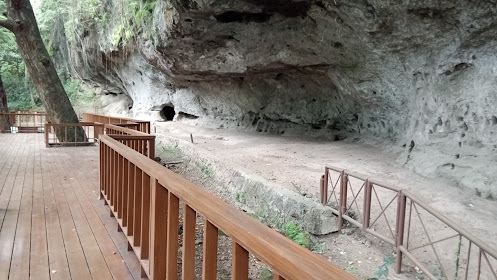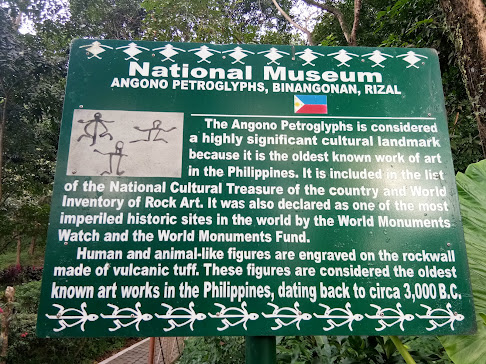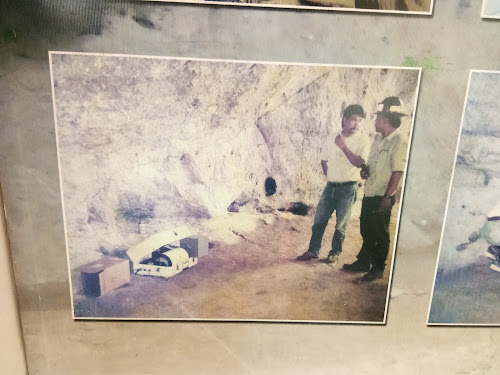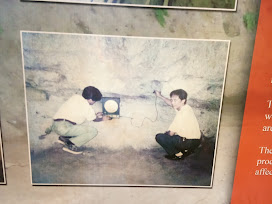THE OLDEST ROCK ART IN THE PHILIPPINES #art #artcapitalofthephilippines ...
Join this channel to get access to perks:
https://www.youtube.com/channel/UCjc3i42XvwIxPGghIWPucgQ/join
ENJOY MY RAW!!!
HINDI NYO BA ALAM or DON'T YOU KNOW? is a segment of Trivia.
- (For Educational Purposes Only)
#art #arttravel #travellife #travelvlog #travelartkit #photography #sketch #travel #adventure #outdoors #artcapitalofthephilippines #promoteartsandculture #philippineartsandculture #philippineTourism
Popular destinations in Philippines:
THE ANGONO PETROGLYPHS
"Art Capital of the Philippines
Angono, Rizal
Periods: Neolithic Period
It consists of 127 human and animal figures.
In March 1965, Carlos Botong Francisco and his troop of boy scouts discovered it during a field trip to the hinterlands of Angono and Binangonan.
The word comes from the Greek petra, meaning stone, and glyphe, meaning engraving.
What can rock art tell us?
Rock art provides us with information about the human past and the richness of human culture that cannot be obtained from other sources. It reflects in a very direct way the emergence and development of human imagination. It provides information about the connection between
human culture and the natural environment.
The Pictographs and Petroglyphs and the stories they tell! We can learn about people who lived thousands of years ago just by looking at the pictures they left behind!
More than 6,000 years ago people were telling stories, not with words as we do today, but with pictures.
 Petroglyphs are powerful cultural symbols that reflect the complex societies and religions of the surrounding tribes.
Petroglyphs are powerful cultural symbols that reflect the complex societies and religions of the surrounding tribes. The petroglyphs are central to the monument's sacred landscape where traditional ceremonies still take place.
The context of each image is as important as its meaning.
Provides evidence of early human activity:
Rock art can be used to understand early human activities such as hunting, rituals, and scenes from everyday life.
Why are they called Angono Petroglyphs?
The Angono-Binangonan Petroglyphs consist of zoomorphic and geometric figures carved in a rock shelter. Angono and Binangonan, in the province of Rizal, and this is what gave him his name.
The petroglyphs and petrographs are authentic, the sites have been systematically excavated,
National Museum of the Philippines by a multi-disciplinary team of archaeologists, anthropologists, geologists, botanists and zoologists.
All are officially declared National Cultural Treasures pursuant to Presidential Decree 374; and recorded in rock art registries.
OPEN HOURS:
ANGONO – BINANGONAN PETROGLYPHS is open from Tuesday to Sunday 9am-4pm
CLICK THIS:
https://shope.ee/7fBTVhhZDP?share_channel_code=5
https://shope.ee/1VaqAPddgZ?share_channel_code=5
https://shope.ee/g1jAv67vs?share_channel_code=5
https://shope.ee/LOsmLSehA?share_channel_code=5





























Comments
Post a Comment